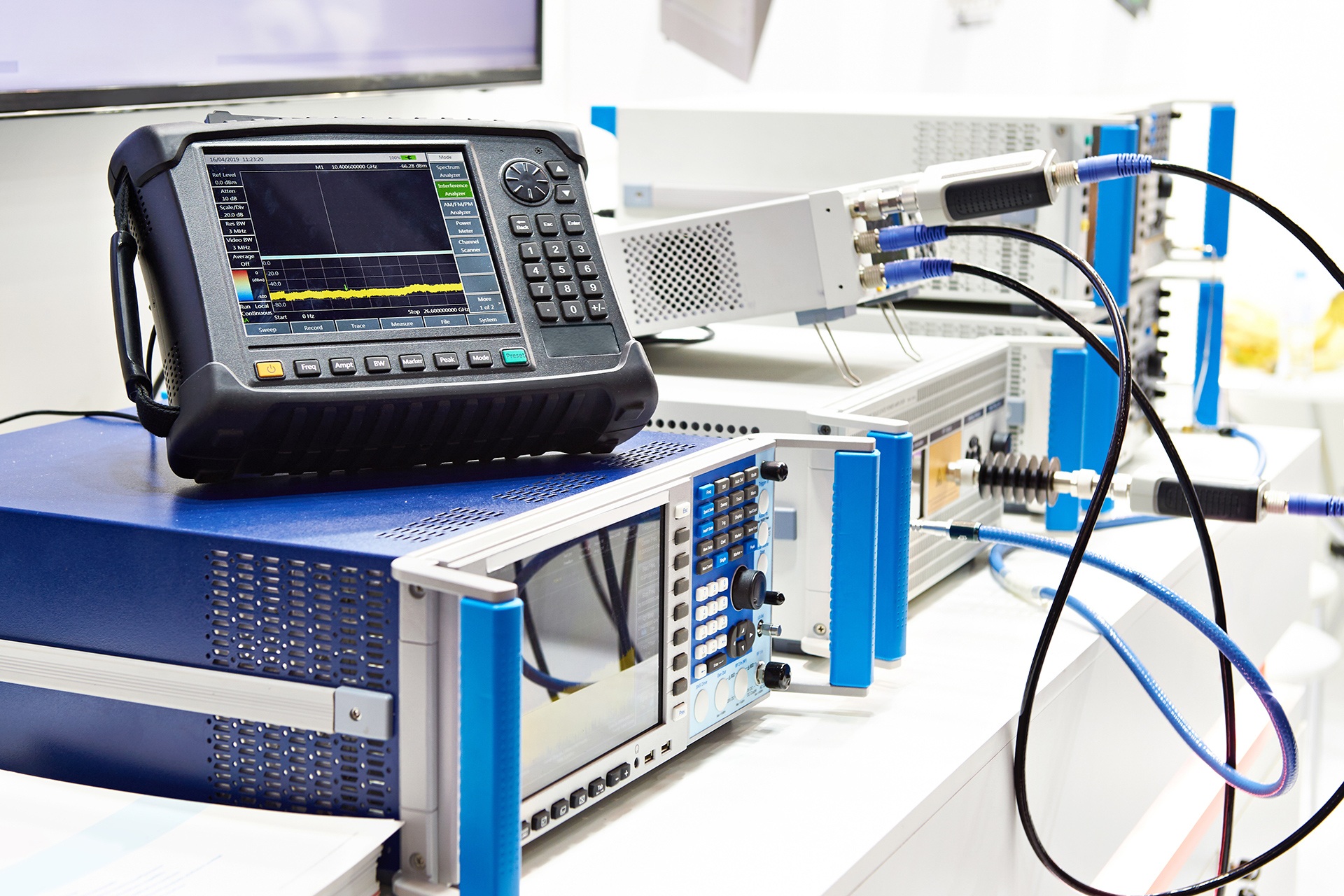You've most likely heard the terms calibration, confirmation, and adjustment made use of interchangeably in your work environment, but they're really 3 distinct procedures that offer various functions in maintaining measurement precision. If you're responsible for quality assurance or instrument management, mixing up these concepts could bring about compliance issues, expensive errors, and unreliable information. Understanding when to use each process-- and why-- can transform how your organization approaches measurement honesty and regulative compliance.What Is Calibration and Why Does It Matter?Precision drives every reliable measurement system, yet also one of the most sophisticated instruments drift from their desired accuracy over time. That's where calibration becomes essential.You're basically contrasting your test and measurement instruments against known recommendation criteria to determine their accuracy. This process doesn't involve making adjustments-- it's totally regarding documenting just how your equipment does against developed benchmarks.Calibration matters due to the fact that it makes sure measurement traceability to national criteria, which is crucial for keeping quality in your procedures. When you work with approved calibration laboratories adhering to ISO IEC criteria, you're establishing self-confidence in your data.This documents ends up being important for governing compliance and quality assurance programs. Unlike verification or change, calibration supplies the fundamental expertise concerning your instrument's current performance status.The Role of
Confirmation in Quality Control While calibration tells you just how your instrument executes, verification validates whether that performance satisfies your specific requirements.You'll use confirmation as a quality assurance checkpoint to ensure your instruments maintain acceptable precision degrees between formal calibration services. This process involves comparing your instrument's measurements versus recognized requirements to validate it's still running within your established tolerances.Unlike accredited calibration, confirmation does not call for substantial documentation
or certificates. You're just confirming your testing instruments haven't wandered past acceptable limits.This streamlined process assists you catch measurement issues early, preventing expensive quality issues downstream. By applying normal confirmation timetables, you'll keep self-confidence in your measurement process while prolonging periods between official calibrations.Verification functions as your initial line of protection in maintaining measurement integrity.When and Just how to Carry Out Instrument Adjustments When your verification results program dimensions falling outdoors acceptable tolerances, you'll require to do instrument modifications to restore accuracy.These adjustments include physical or electronic alterations to your measuring equipment to bring readings back within specifications.Before making changes, you'll wish to determine the source of inconsistencies with systematic troubleshooting.Document all change treatments and validate results quickly afterward.If your instruments call for complicated modifications past your capabilities, contact accredited instrument calibration services or calibration and repair services.Professional premium quality calibration services offer ISO IEC accredited calibration with extensive customer services support.They'll perform precise adjustments using licensed reference standards, guaranteeing your precision dimensions meet industry requirements.Key Distinctions Between These Three Critical Procedures Although these 3 processes interact to make certain measurement accuracy, calibration, confirmation, and adjustment
serve distinctly various purposes in your quality control system.Calibration services establish traceability by comparing your measuring equipment
against certified recommendation criteria, generally carried out by certified calibration laboratories adhering to ISO 17025 requirements.Verification validates your laboratory instrument satisfies specified resistances without making changes, basically inspecting if it's still within acceptable limits.Adjustment entails literally customizing your equipment's settings to correct variances and restore accuracy.You'll require recognized calibration for legal compliance and precision dimensions, verification for regular quality checks, and adjustment only when measurements drift past specifications.Quality calibration services handle the facility traceability needs, while you can commonly perform verification and adjustment in-house for your test and measurement activities.Best Practices for Execution in Your Organization Considering that your organization's measurement accuracy depends upon methodical https://nextfreeads.com/492/posts/3/25/3047804.html application, you'll need to develop clear methods that define when and exactly how to carry out calibration, confirmation, and modification activities.Start by partnering with approved calibration services that satisfy your industry's compliance needs. Develop documented treatments defining measurement intervals, precision tolerances, and choice standards for every process.Train your group to acknowledge
when confirmation confirms appropriate efficiency versus when modification ends up being needed. Apply a robust metrology management system that tracks instrument histories and schedules precautionary maintenance.Establish clear duties and duties, making certain team understand these aren't compatible processes.Following these best practices
guarantees your company maintains measurement integrity while enhancing prices and lessening downtime via critical execution of all three crucial processes.Conclusion You'll attain ideal instrument efficiency by executing calibration, confirmation, and modification as corresponding processes rather than standalone tasks. Do not treat them mutually-- each offers an unique objective in your quality management system. You're building measurement confidence via calibration's traceability, confirmation's recognition, and adjustment's precision adjustments. Start documenting these procedures methodically, and you'll maintain regulative compliance while stopping pricey quality issues that could affect your company's track record and profits.
